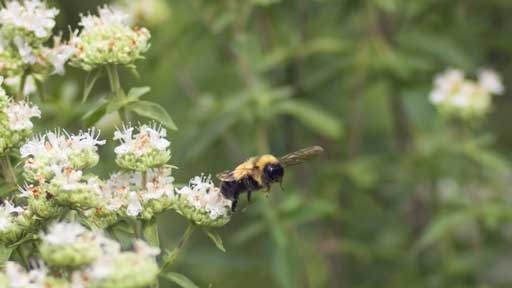
The rusty-patched bumblebee was recently the first bee in the Continental United States to be listed as an endangered species, and scientists might have found one reason why: a parasitic fungus is literally making the males too fat to mate.
Once ingested, the fungus (Nosema bombi) swells in the bumblebee’s tissues until the bee gets so big it can’t physically bend its abdomen to mate, according to a report by The Atlantic. That’s a problem because while queen bumblebees can give birth to male bees, they need to mate with the males in order to produce female worker bees.
Without female worker bees who do most of the hard work, like feeding the young and foraging for food, a colony will starve to death.

Almost 90 percent of the rusty-patched bumblebee population has vanished since the 1990s, with the bees disappearing from 15 U.S. states. Scientists say that the decline may have resulted from a number of factors, including pesticide use, climate change, habitat destruction and competition from other bees. Nosema bombi could be another.
But the fungus has been present in the bumblebees for a long time, so no one is sure what made it suddenly become so dangerous.

One hypothesis is that the infection may have inadvertently spread to indigenous populations in the U.S. as bees were imported and exported commercially. If scientists can figure out how to breed fungus-resistant bees, they just might be able to save the rusty-patched bumblebee.
Watch the video below to learn more:
WATCH NEXT: Australian Redback Spider Eats Snake




